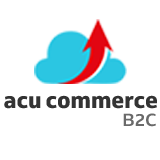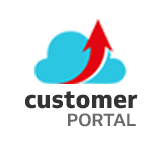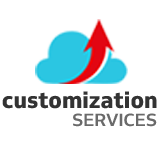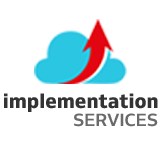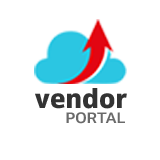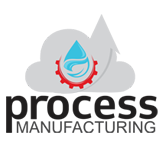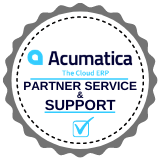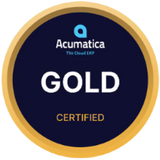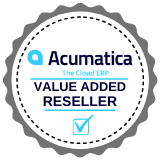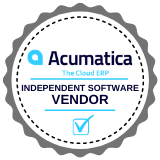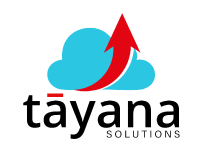A strong cash flow is the lifeblood of any business. It ensures that the organization can pay its bills on time, manage unforeseen expenses, and invest in future growth opportunities. Accounting professionals must understand and monitor key cash flow metrics to maintain the financial health of their businesses. We delve into crucial cash flow metrics and the benefits of advanced cash management software.
Cash Flow Metrics
Operating Cash Flow
Operating Cash Flow (OCF) measures the cash generated from a company’s regular business activities. It is derived by adjusting net income for changes in working capital and non-cash expenses. OCF indicates a company’s capacity to generate sufficient positive cash flow for sustaining and growing its operations. A consistent positive OCF signifies that the company can sustain its operations without needing external funding.
Working Capital Ratio
The Working Capital Ratio considers a company’s ability to meet short-term obligations with its current acquisitions and liabilities. A ratio above 1 indicates stronger short-term financial health, while a ratio below 1 may signal liquidity challenges.
Days Sales Outstanding
Days Sales Outstanding (DSO) calculates the average number of days a company requires to receive payment following a sale. It’s calculated by dividing the accounts receivable by total credit sales and multiplying by the period’s number of days. A lower Days Sales Outstanding means that the company is efficient in its credit and collection processes, resulting in quicker cash inflows. A high DSO might suggest issues with the company’s credit policies or collection practices.
Days Payable Outstanding
Days Payable Outstanding (DPO) indicates the average number of days a company takes to pay its suppliers. It’s calculated by dividing accounts payable by the cost of goods sold and multiplying by the number of days in the period. A higher Days Payable Outstanding means the company takes longer to pay its bills, which can signify good cash management. However, excessively high DPO might stress supplier relationship and affect the company’s credit terms.
Cash Conversion Cycle
The Cash Conversion Cycle(CCC) calculates how long it takes for a company to shift its resource investments into cash flows from sales. It is calculated by adding Days Sales Outstanding and the inventory conversion period, then subtracting Days Payable Outstanding.
A shorter CCC indicates that the company can quickly convert its products into cash, enhancing liquidity and operational efficiency, while a longer CCC suggests that the company’s funds are tied up in the production and sales process for a longer period.
Benefits of Our Cash Management Software
Integrate with Financial Modules
Our cash management software seamlessly integrates with various financial modules, ensuring real-time updates and a holistic view of the company’s economic status. This integration helps eliminate data silos, reducing the risk of errors and ensuring consistency across financial reports.
Accommodate Taxes
Managing taxes can be complex and time-consuming. Our software accommodates various tax requirements, automating tax calculations and ensuring compliance with local regulations. This feature reduces the burden on accounting professionals and decreases the chance of costly tax errors.
Streamline Bank Account Reconciliation
Bank account reconciliation is crucial to maintain precise financial records. Our software streamlines this process by automatically matching transactions with bank statements, reducing manual effort and increasing accuracy. This effectiveness lets accounting experts focus on more strategic financial tasks.
Transfer Funds Between Cash Accounts
Efficient fund transfer between cash accounts is crucial for effective cash management. Our software enables easy and secure fund transfers, ensuring that the right amount of cash is always available in the necessary accounts. This capability supports better liquidity management and operational flexibility.
Conclusion
With the Acumatica Cash Management System, accounting professionals can manage day-to-day transactions, cash balances, funds transfers, and bank account reconciliations all in one place. This comprehensive solution enhances efficiency, accuracy, and compliance, empowering businesses to maintain strong cash flows and support their financial health and growth.

Vijay comes with a vast experience in ERP and enterprise solutions space with about 20 years of experience in various packaged application like Acumatica, SAP, Orion, Salesforce.com, SugarCRM and, SalesLogix.


